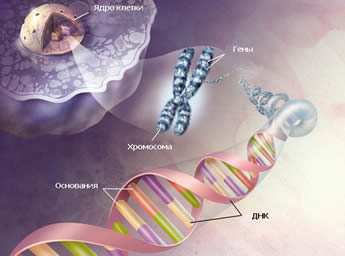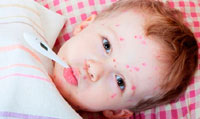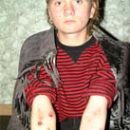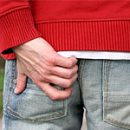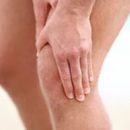What is hypotrophyry? What degrees of hypotrophy exist? What is the danger of hypotrophy in a child? Answers to these questions you will find in the article.
Content
Hypotrophy, hypotrophy degrees
I degree - weight deficit relative to the norm is 10-20% Hypotrophy - pathological condition that occurs in children with long power disorders and leads to a delay in development. It is not only about physical development, but also on indicators of mental, motor and emotional development. In addition, the hypotrophy decreases the body resistance.
II degree - the deficit is 20-30%
III degree of expenditure in weight exceeds 30%
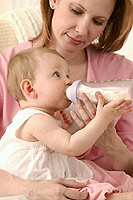 Sometimes a baby born in docking, appears already with a weight deficit. In such cases, they talk about «congenital hypotrophy». It arises due to the wrong power of the mother during pregnancy or the influence of harmful factors (bacteria and viruses, drugs, alcohol, nicotine and t. D.) on the fruit. But usually hypotrophy - a consequence of improper feeding or care for a child (disorders of drinking, temperature regime, and t.D.). It can develop in some severe innate, acute or chronic infectious diseases.
Sometimes a baby born in docking, appears already with a weight deficit. In such cases, they talk about «congenital hypotrophy». It arises due to the wrong power of the mother during pregnancy or the influence of harmful factors (bacteria and viruses, drugs, alcohol, nicotine and t. D.) on the fruit. But usually hypotrophy - a consequence of improper feeding or care for a child (disorders of drinking, temperature regime, and t.D.). It can develop in some severe innate, acute or chronic infectious diseases.
Later identification and improper treatment of anemia, rickets, intestinal dysbiosis also contribute to the rapid development of hypotrophy in children of the first years of life. So regularly show a little child doctor!
There may be both quantitative and qualitative. If in the first case, the child simply does not receive the amount of nutrition, then in the second - in its diet, there is not enough protein, fats, carbohydrates, vitamins, iron, trace elements or other nutrients.
If Most Mothers consider the undercurrent child's undercurrently, then they are usually more calm («Hungry - let him eat, much - not enough»). However, throwing the baby is no less dangerous and harmful than to unlock. Excessive food is accompanied by jerking, or even vomiting, changing the nature and frequency of the chair, pain in abdomen, anxiety and crying, but what is the most unpleasant - disruption of the learning child and the inadequate weight gain of the body.
External signs of hypotrophy:
- thinning of the subcutaneous fat layer at all parts of the child's body;
- flabbing fat folds;
- Muscle tone and muscle weakness;
- Pallor, sometimes dry skin and mucous membranes;
- Insufficient weight gain, and even its complete absence;
- sleep disorders;
- Signs of rickets and other hypovitaminosis appear.
The acidity of the gastric juice is reduced, the activity of the enzymes of the stomach and intestines, designed to help the splitting and normal learning. If you do not make any measures, it will gradually lead to the impaired suction and exchange of nutrients. When the severity of hypotrophy reaches II or III degree, even the usual food load can cause serious disorders from the side of the stomach, intestines, liver and pancreas. Unfavorable changes for the child can be celebrated in the heart muscle and other muscle organs, in the lungs, in the bones. It is often disturbed by the work of the kidneys, vision worsens and anemia develops. But the most dangerous is what the brain suffers.
The danger of hypotrophy
Diagnosis of hypotrophy
First of all it is important to establish the main cause of the disease and identify tolerability by a child of a particular food. Timely diagnosis and treatment of related diseases are important: anemia, rickets, intestinal dysbiosis and t.D. Light forms of hypotrophy can be treated at home, deeper changes require hospitalization. In severe cases, hypotrophy may be required intravenous meal. For proper treatment and at home, some studies are needed in the hospital - a common and biochemical blood test, as well as feces (to evaluate the degree of digestion in the stomach and intestines and to identify dysbacteriosis).




